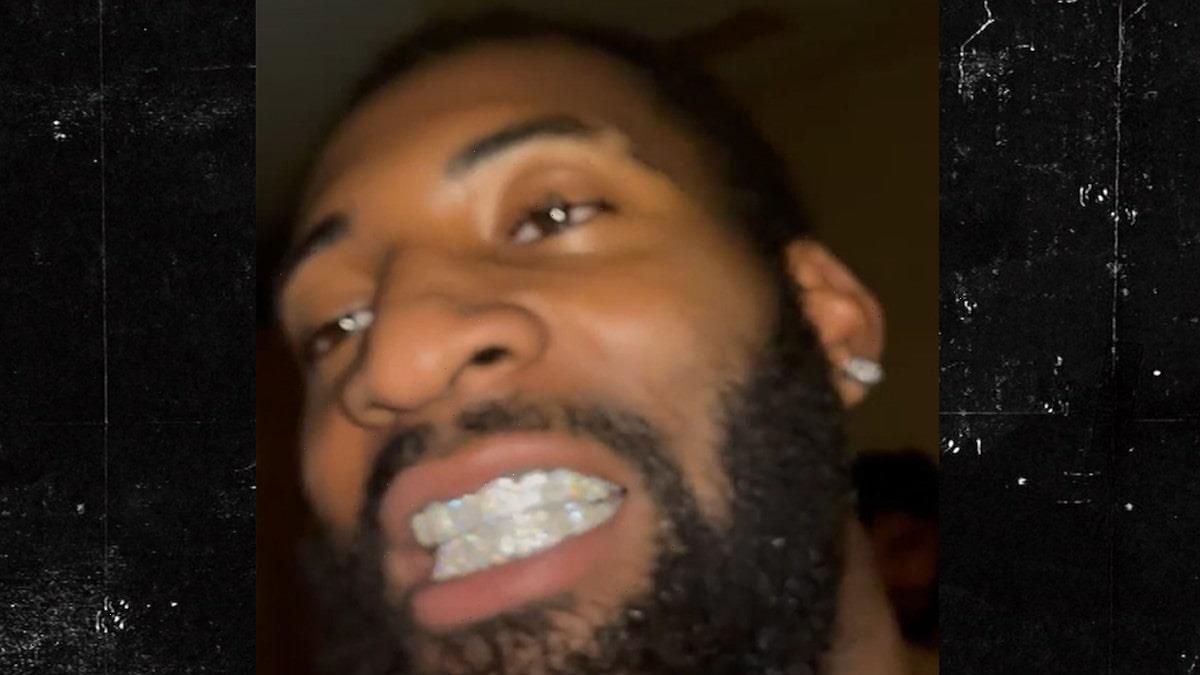Found a bottle of last year’s sunscreen at the back of your bathroom cabinet? Don’t just slather it on and think you’re all set. As Stylist finds out, old sunscreen is pretty much useless…
We’ve all been there. The sun makes an appearance and the temperature rises. But you’re unprepared, yet to un-vacuum pack your summer dresses let alone stock up on much-needed SPF. So what do you do?
You plough head first into your bathroom cabinet, of course, rummaging past long forgotten bottles of mouthwash and shampoo. Finally, you emerge feeling triumphant — half-used bottle of sunscreen from last year’s holiday in hand — ready to slather it on and head outside.
Not too fast. Your glory may very well be misplaced. You see, as with all beauty products, sunscreen has an expiry date. You might turn a blind eye to a shower gel that’s two weeks past its Period After Opening (PAO) date, but when it comes to SPF there’s an even more important reason you want to avoid using a formula past its best.
To get the full story on the lifespan of our suncare, we spoke to doctor and founder of Zelens skincare, Dr Marko Lens.
How long does sunscreen last?
Yes, just like all other cosmetic products, sunscreen comes with a PAO date, which basically denotes how many months the product will stay ‘good’ for after you first open it. This should be fairly easy to spot, most often appearing as a symbol that looks like the outline of a moisturiser tub with a number and the letter M inside. 12M means it’s good for a year, 24M means it’s good for two years, and so on.
As for SPF? “Usually the sunscreen should be valid for 36 months from the date of the production, if not opened. If opened it is usually valid for 6 to 12 months, but be sure to check the packaging,” explains Dr Lens.
What’s the problem with using expired sunscreen?
It’s pretty simple. “Expired sunscreen does not provide protection and that is why it is bad to put it on your skin,” explains Dr Lens. It won’t necessarily have an adverse effect on the skin, but as the protective filters degrade over time, wearing old sunscreen has the same protection as wearing none at all.
Is time the only thing that makes sunscreen redundant?
As Dr Lens explains, the main thing that will cause a sunscreen to expire is the degradation of the sunscreen ingredients. However, it’s also recommended that you store sunscreen in a cool, dark place to prevent the acceleration of that degradation. Basically, don’t leave your bottle of SPF in full view of the sun.
How can you spot expired sunscreen?
Dr Lens admits that the only way to test just how useless an expired sunscreen is would be through a quantitative analysis. “However, smell and texture are also very important indicators of the stability of the formulation,” he adds. If you notice your SPF has changed texture, perhaps turning lumpy or a bit drier than usual, or if you notice the smell is a bit off, then it’s likely the sunscreen will no longer be effective.
How long should it take to use a whole bottle of sunscreen?
The real thing to note here is that with proper use, you really shouldn’t ever have half-used bottles of sunscreen lying around at all. Dr Lens recommends applying, “one teaspoon for the face and neck, one for each upper arm, one for each leg, one for abdomen and chest and one for the back.” Once you factor in reapplication every two hours, you soon realise that you should be working your way through a bottle of sunscreen pretty quick.
Main image: Getty
Source: Read Full Article


